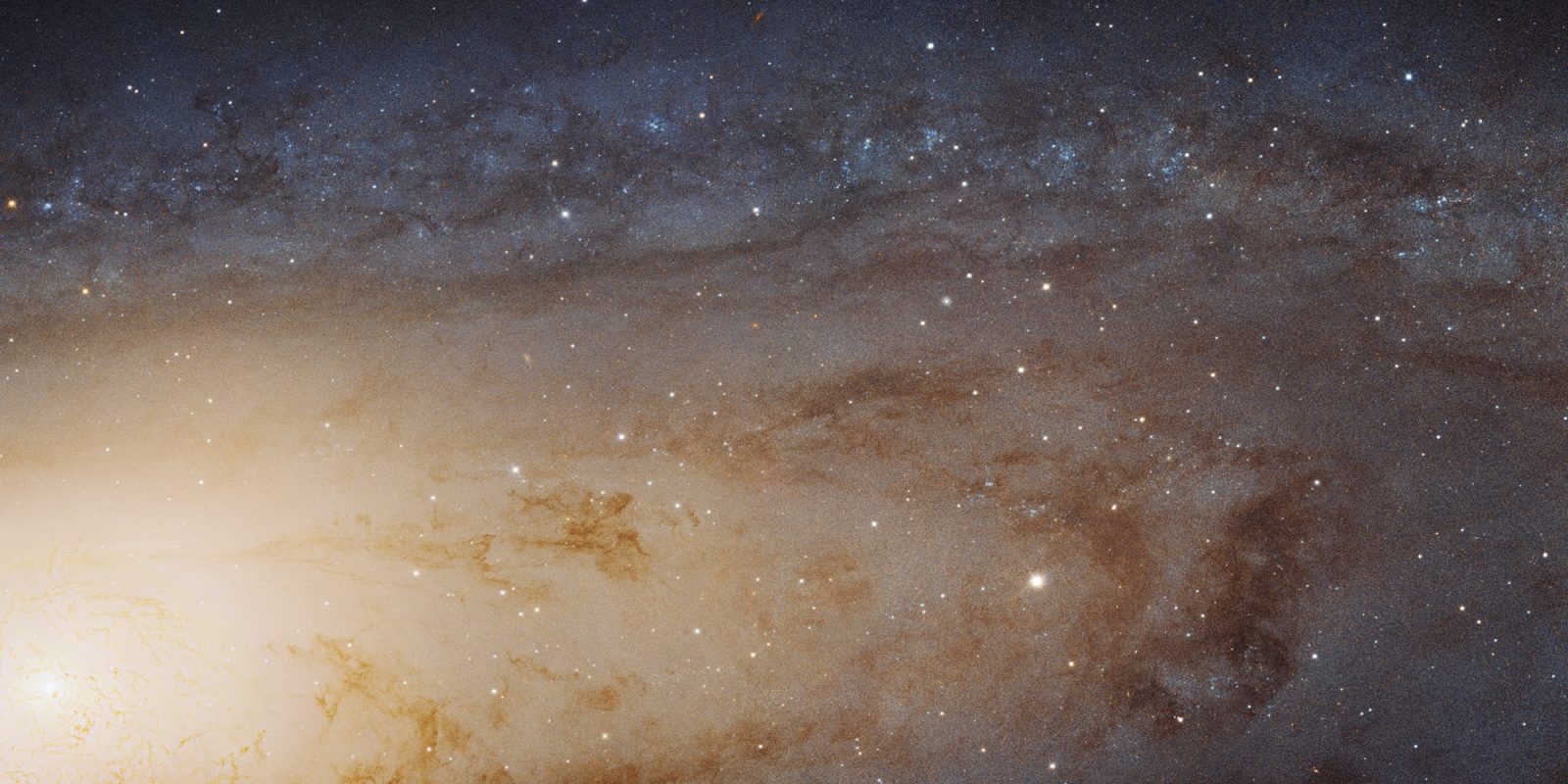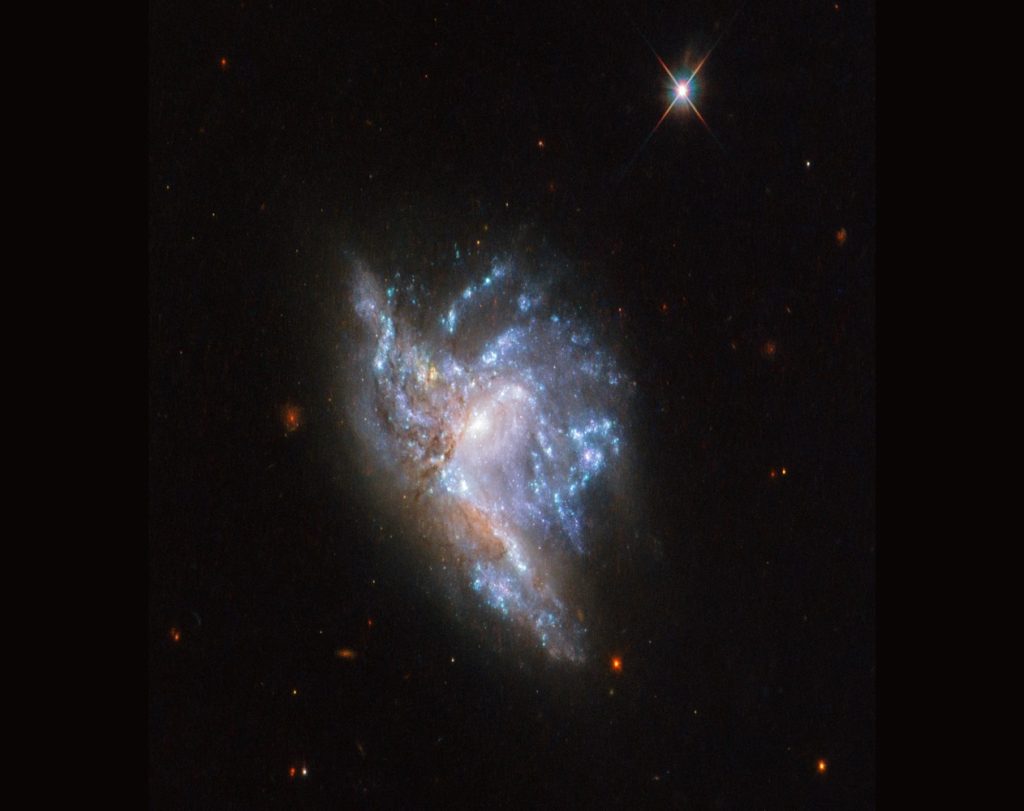
A new study has shown that the once “near-term” collision between Andromeda and our own galaxy, the Milky Way, is now only a 50-50 chance in the next 10 billion years. So if you were preparing an intergalactic bug out to avoid such a disaster, it might not be needed.
A new study called Apocalypse When? No Certainty of a Milky Way – Andromeda Collision study the star’s movement inside the Andromeda galaxy and the orbits of our other close galactic neighbors to determine its trajectory. While yes, the Andromeda Galaxy is still headed towards us, the chance of a collision sooner rather than later has gone down.
Using data from both NASA’s Hubble Space Telescope and ESA’s Gaia Space Telescope, researchers were able to study the movements of various stars in the Andromeda galaxy to better judge its movement. However, even though we tend to think gravitational effects end after the galaxy level, even galaxies have external forces on them.
Our home galaxy, the Milky Way, is part of a local group of galaxies that scientists have creatively called, the Local Group. This group consists of two large clumps of galaxies, the Milky Way system with about 60 confirmed members and the Andromeda group with about 40 members. It’s believed each group is gravitationally locked to their parent galaxy and are moving towards each other.
Two key players in these groups are the Large Magellanic Cloud and the Triangulum Galaxy (M33), both large enough and orbiting in the right motion to possibly throw off each other’s parent off course enough to delay a collision.
Many galaxies included in each group are not 100% confirmed to be gravitationally locked to its parent, M33 is one of them. There is a chance it could just be an intergalactic visitor, making a pitstop in our neighborhood.
Galactic collisions are a common occurrence in our universe. A famous example is NGC 6052, originally discovered in 1784 but was photographed by Hubble to discover it was two galaxies in the process of merging.

While we might have kicked the can down the road for our own Milky Way-Andromeda demise, the two galaxies are still on a collision course. In due time, many billions of years in the future, the two will collide and merge into the new “Milkomeda” galaxy.
The fate of our solar system is unknown but it’s safe to assume it will only be marginally affected as stars typically don’t collide in galaxy mergers. Most of what makes up galaxies is gas and empty space.
The saddest part of this galactic collision course is we will miss the epic image of the Andromeda galaxy filling our night sky shortly before contact.
FTC: We use income earning auto affiliate links. More.



Comments